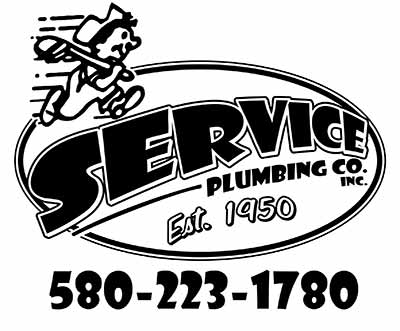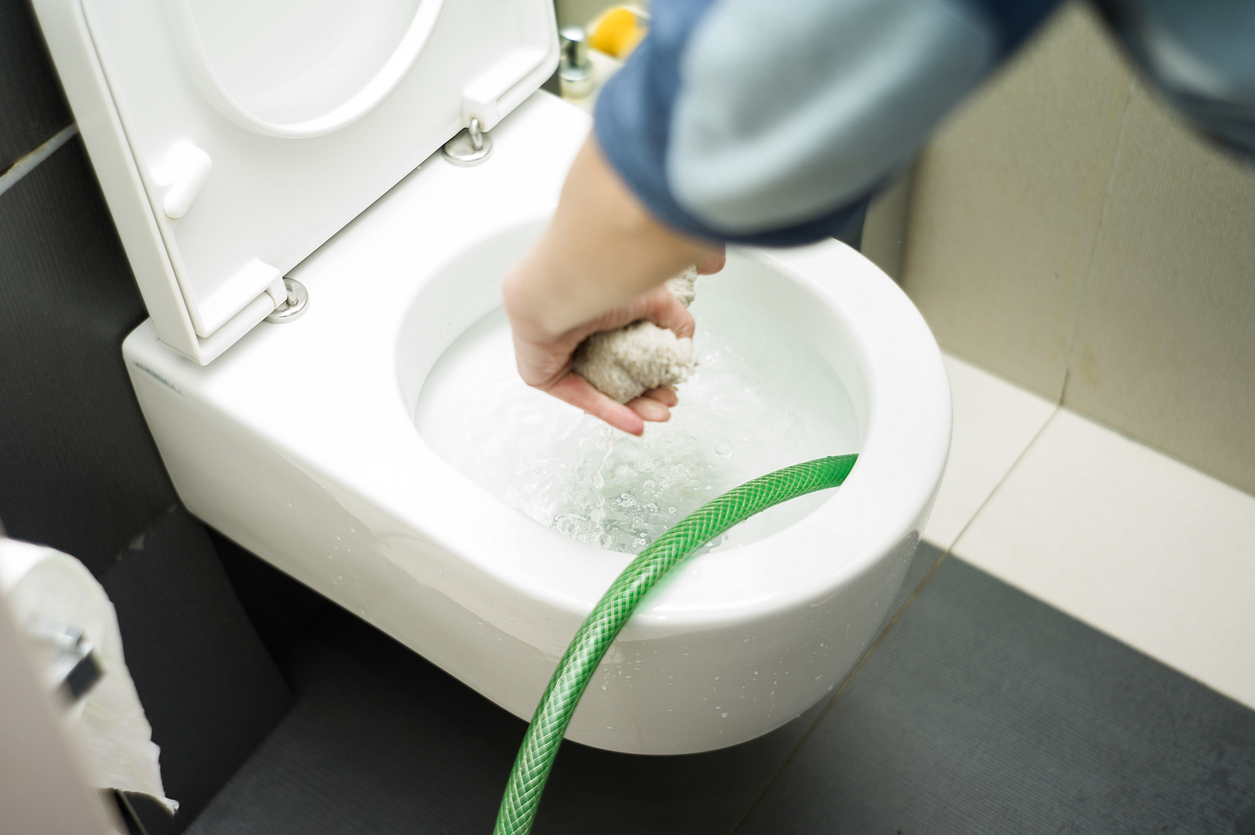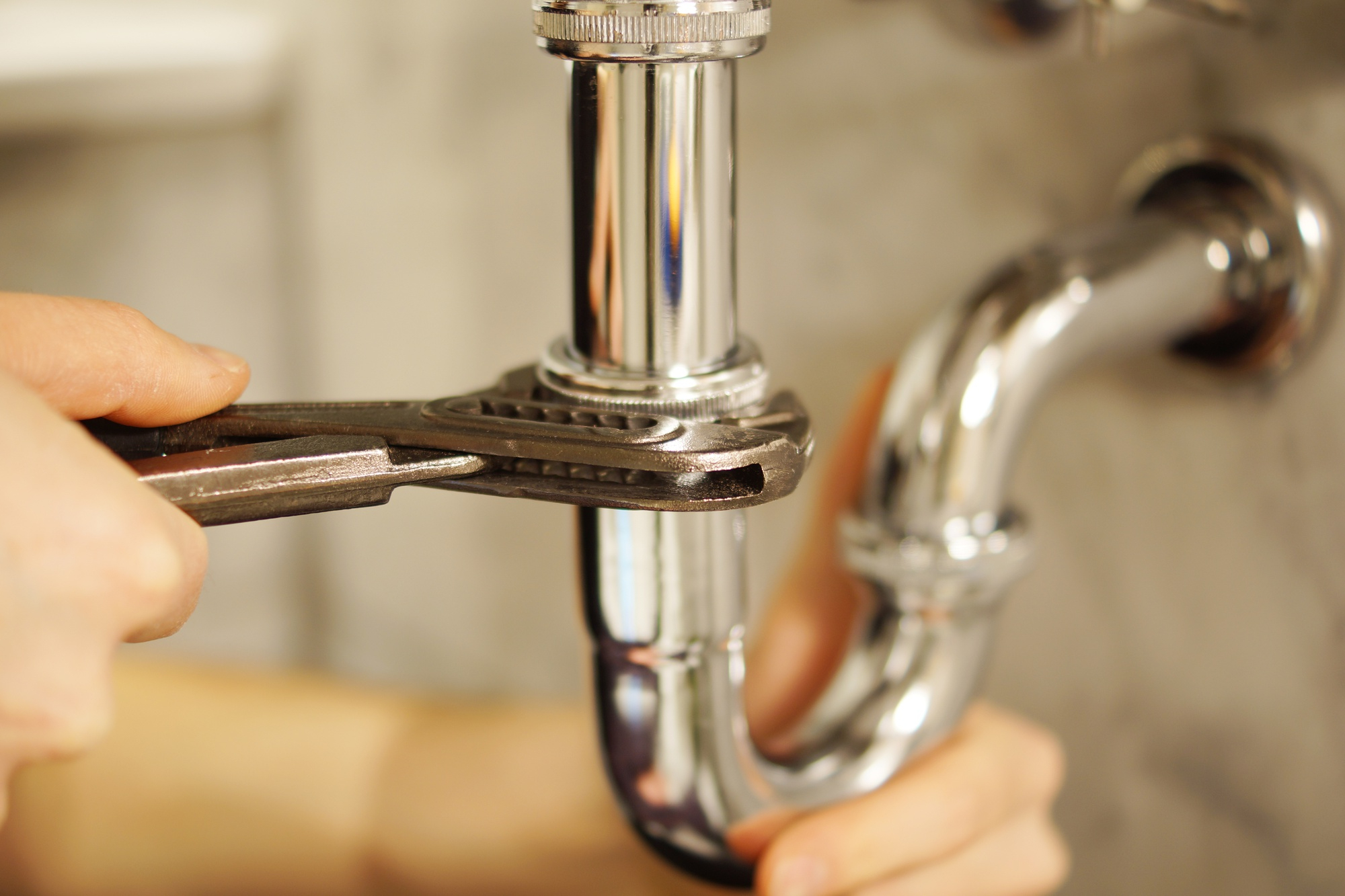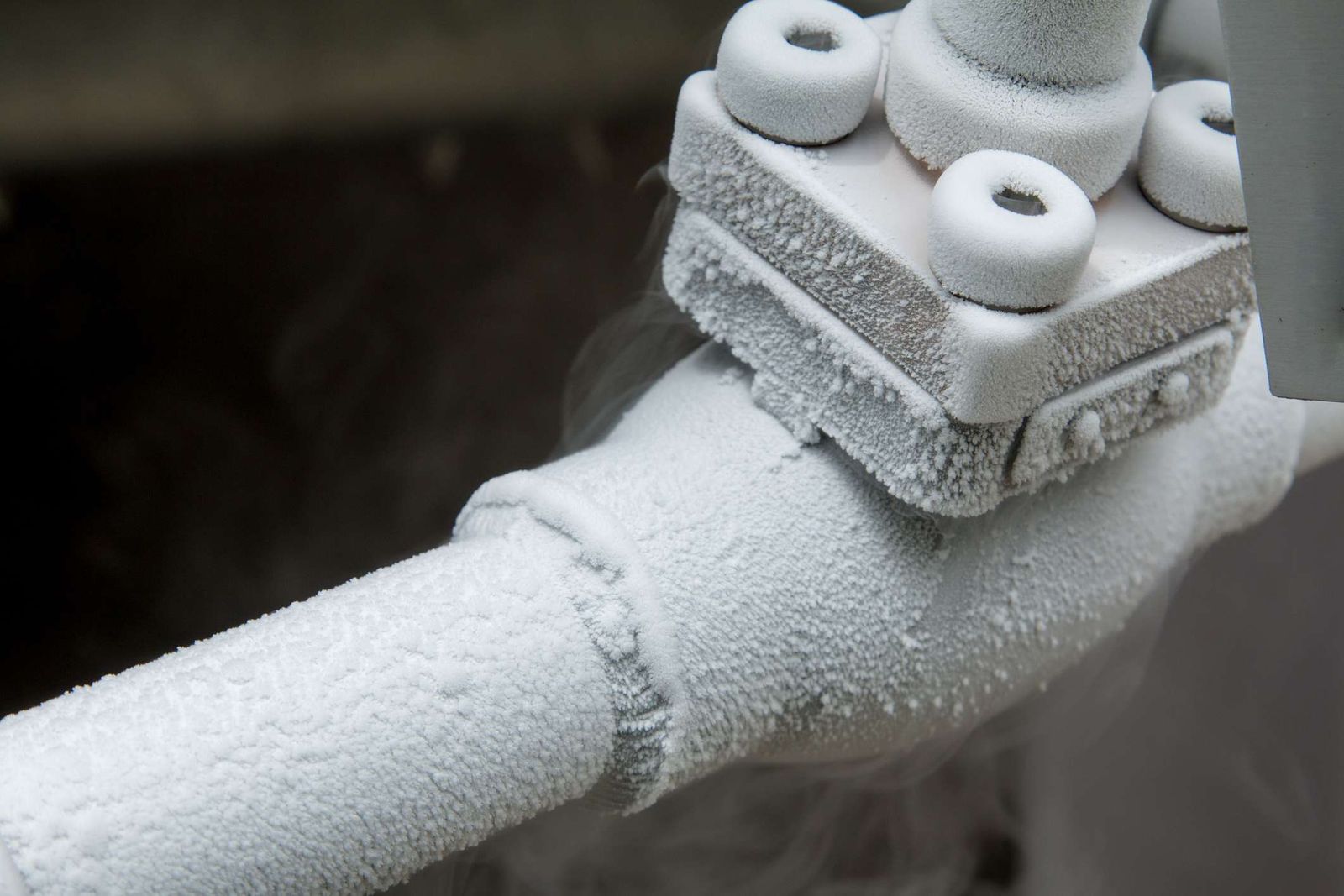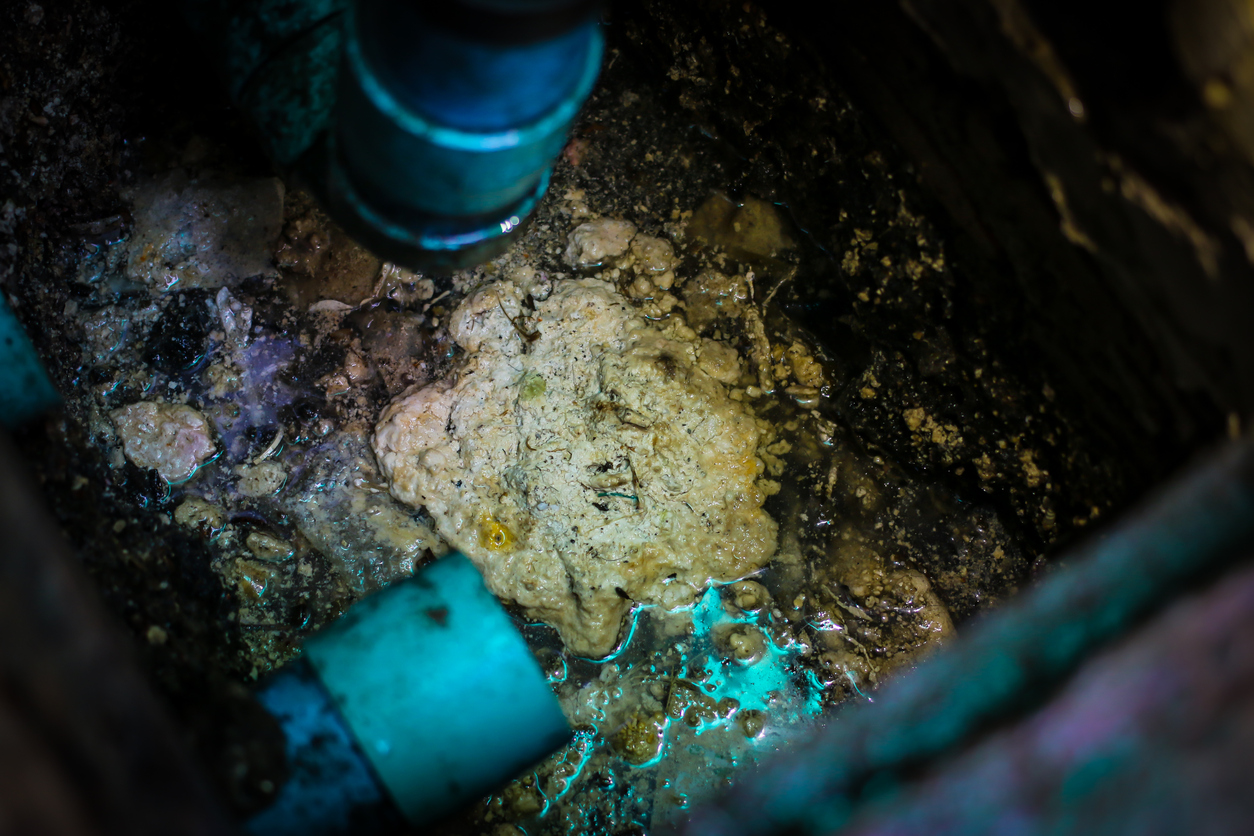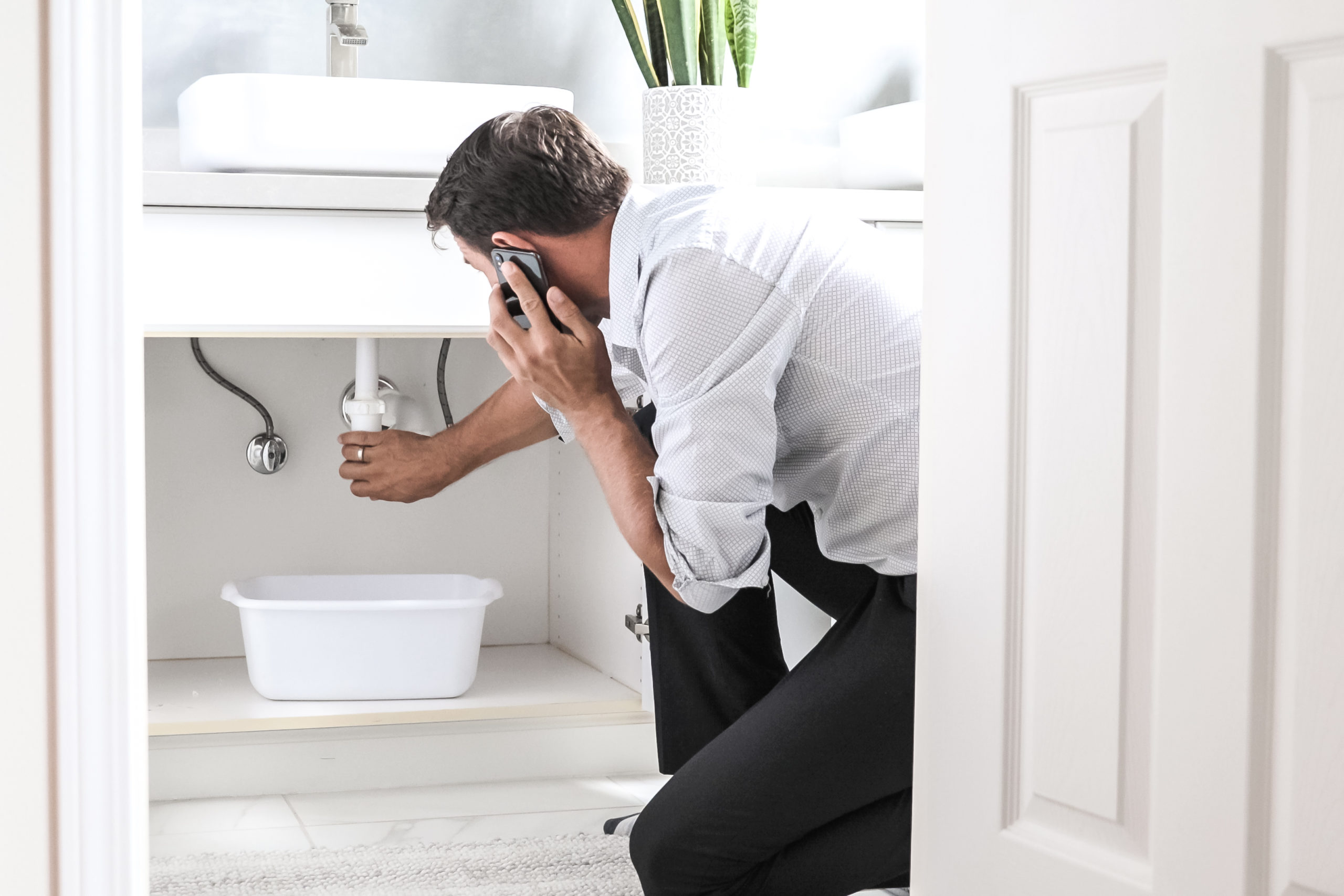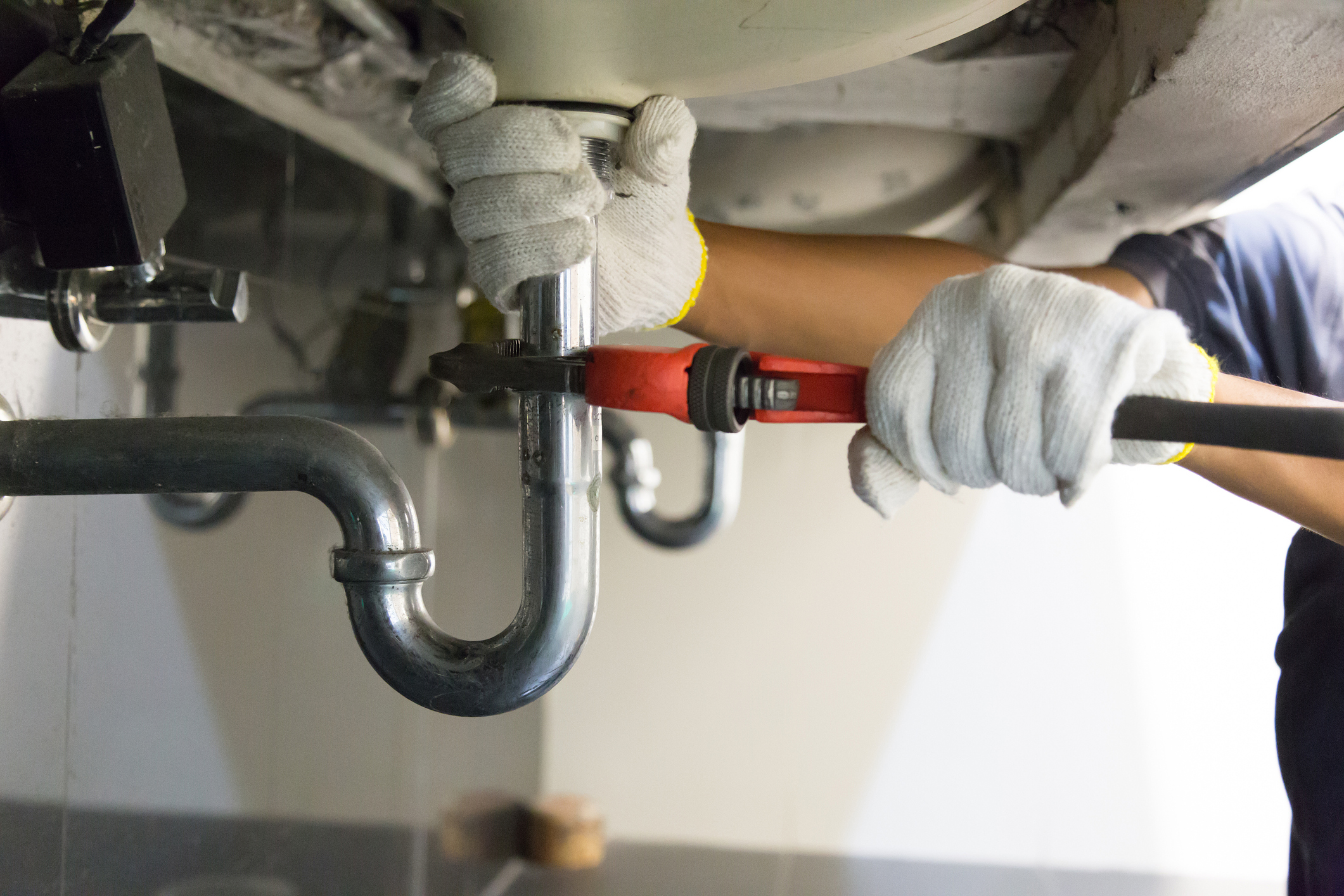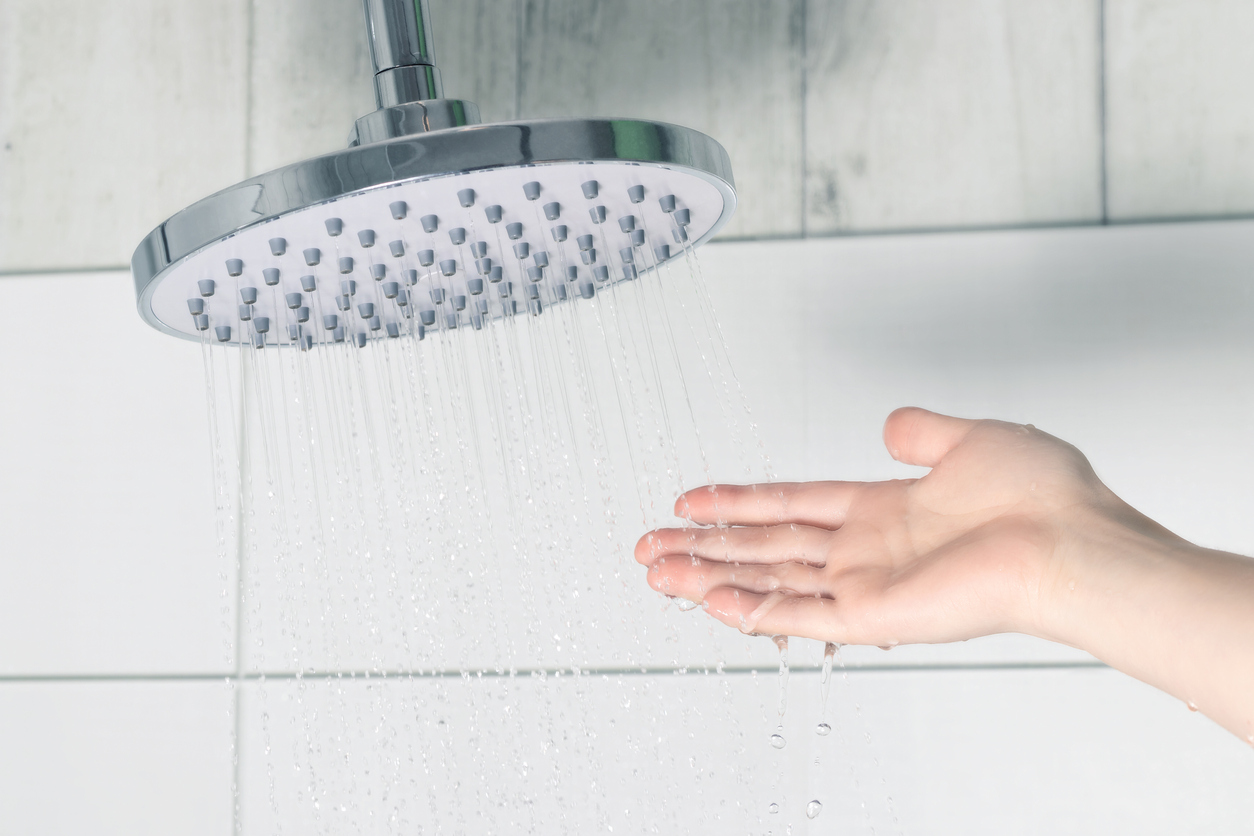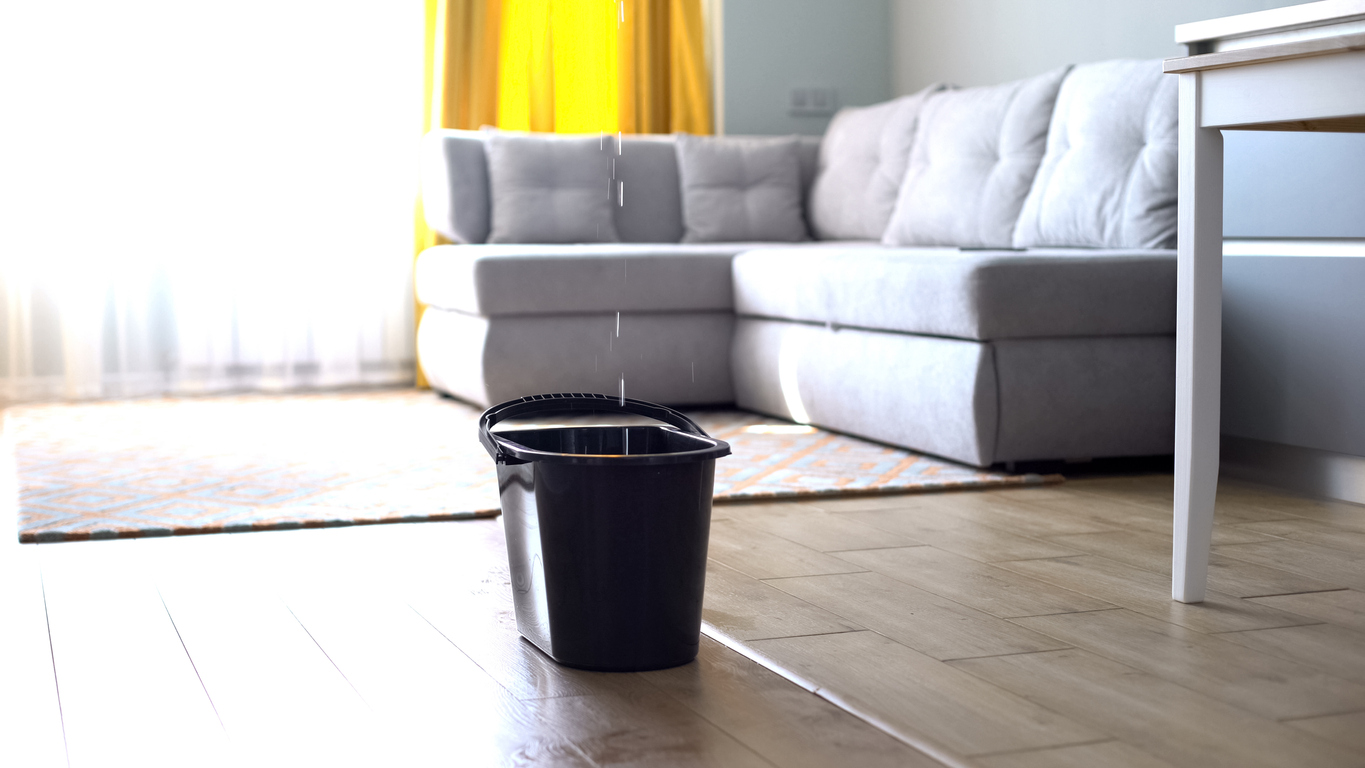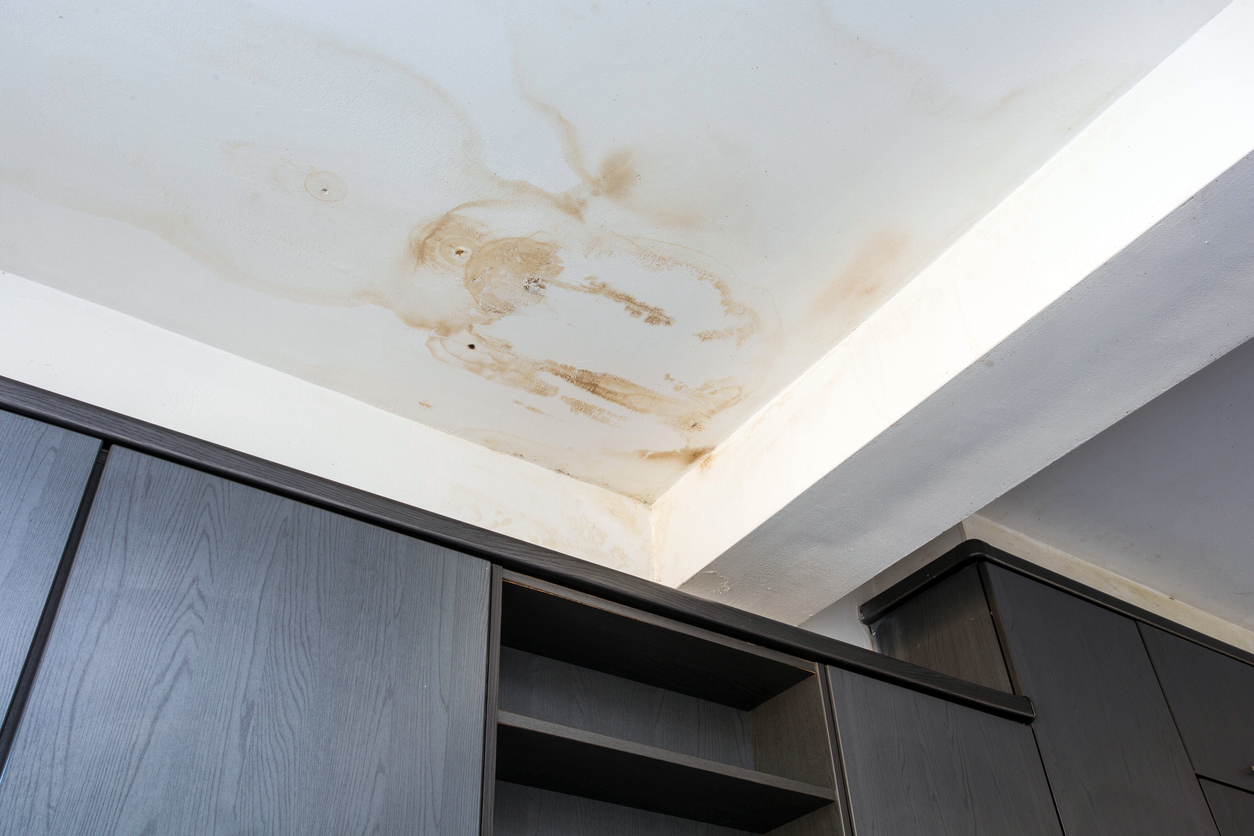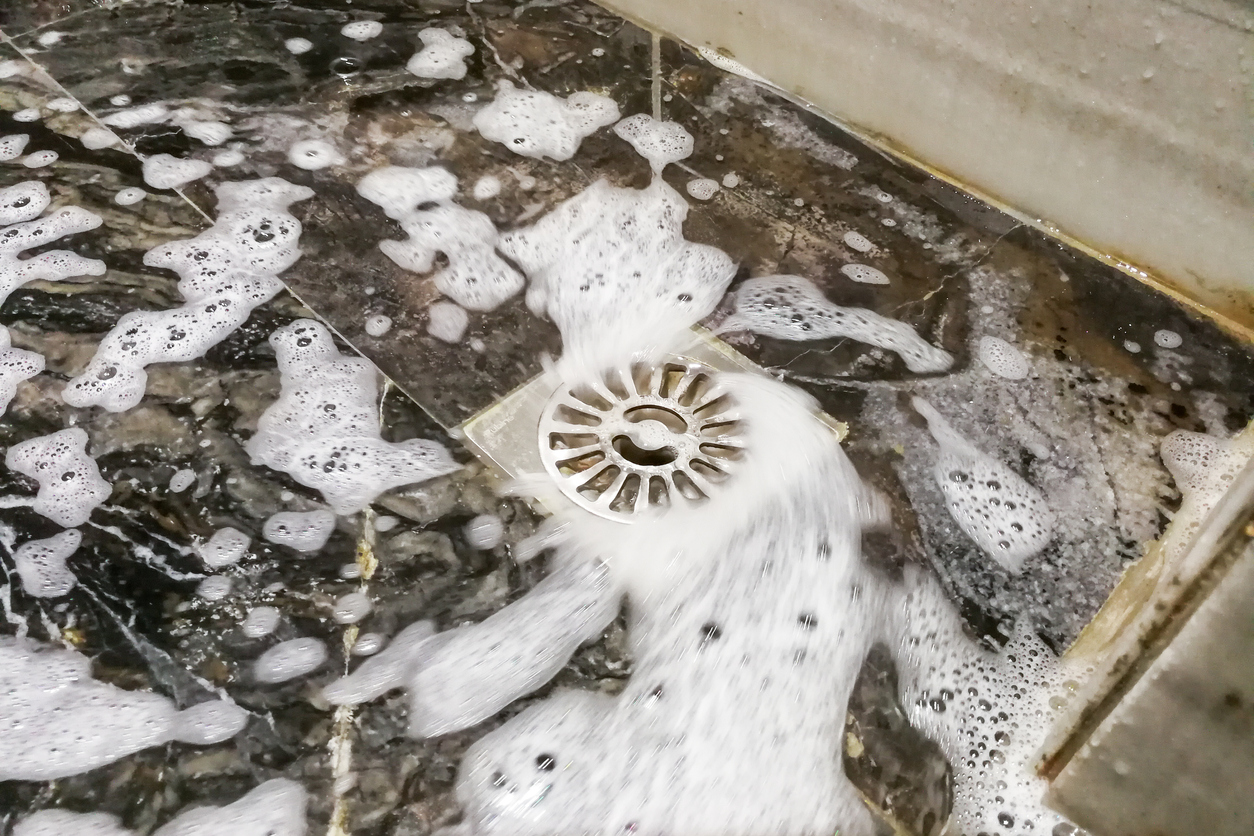We’ve all dealt with unruly commodes. You flush the toilet, and instead of emptying, the bowl seems to be filling even more. Something is clogging your toilet, and it’s causing water to start pouring over the lip, sending you into a panic.
Before you speed-dial your local residential plumbing repair company, you can employ some DIY strategies to stop your toilet from ruining your sparkly bathroom floors. If you want to learn what you need to do to tackle your overflowing toilet, read on!
If you are searching for complete plumbing services, Service Plumbing Co. Inc. has the licensed plumbers you need to tackle the job. Give us a call today at 580-223-1780.
First Thing: You Have to Cut the Water Supply
A clogged and overflowing toilet is one of the most common plumbing problems homeowners face. Before you try and fix the root of the overflowing toilet, you must cut off the water supply. Stopping the water supply won’t fix the clog, but it will make sure no more contaminated water floods your space.
To accomplish this, you’ll need to secure the flapper valve on the inside of your toilet’s main tank.
How to secure flapper valve:
- Remove the toilet lid from the toilet tank and set it aside.
- Reach inside the tank and suppress the rubber flapper valve in the bottom center of the tank — don’t worry, the water inside the tank is clean.
- Once the flapper valve is secure, stop the tank from filling by lifting the tank fill valve float. You should see the water level stop rising.
Securing the flapper valve and lifting the valve float should stop the overflow. Keep in mind these are the easiest accessible options and they aren’t foolproof. If you move through the above steps but still face an overflowing bowl, another option exists that will ensure no more water comes pouring out of your toilet.
What to do If the Water Keeps Flowing
If the water keeps coming, you’ll need to shut off the main water valve behind your toilet. You’ll usually find the shutoff valve for the main supply coming out of the wall behind your toilet.
Gently turn the valve clockwise. If it doesn’t budge, it might need some lubricant. Since the valve doesn’t see much action, it could have rust or buildup from the minerals in your water supply. WD-40 will do fine for this application.
If you can’t find your shutoff valve, you’ll need to find the water supply for your home or apartment. A lack of a dedicated shutoff valve is common in older toilets.
Plunge the Clog
Now that the water is off, it’s now time for the real work to begin. So roll up those sleeves. It’s time to tackle the clog.
Something is stopping your toilet from properly draining, and you need to dislodge it. A few ways exist to accomplish this stinky task, but the most common is to use a plunger.
While more modern fixes are available, the trusty plunger has long been the chosen tool to manage overflowing commodes. Before you start to exhaust yourself trying to plunge a particularly stubborn drain, make sure you’re using the right tool.
All plungers are the same, right? Well, not quite. You might think that those unique-looking accordion plungers and ones with flanges are to grab your attention, but they actually serve a particular purpose.
In this case, the flange on a plunger will help create a seal on the main drain of your toilet. While cup plungers can help, they are better suited for sink clogs where a flat surface helps form a seal. For toilets, a flange plunger or accordion-style plunger will work wonders.
Stubborn Clog? Try a Closet Auger
So you’ve toiled for a while trying your hardest to get the best of the clog. If you still aren’t ready to call a residential plumbing repair company, consider trying a closet auger.
Closet augers, also known as toilet augers, are much like drain snakes. Augers operate by utilizing a cable that extends into the drain. What makes toilet augers special is the extra protection that helps mitigate damage to your toilet bowl.
It’s certainly possible to unclog a toilet with a regular drain snake, but it might leave you with scratches and scars on the bowl from the process. Closet augers can handle stubborn clogs in your toilet. Unfortunately, they can’t do much else.
These specialty pieces only serve one purpose. Of course, since clogged toilets are one of the most common plumbing problems, it’s a tool worth owning.
What to Avoid When Handling an Overflowing Toilet
Now that we have a good idea of how to handle a clog, let’s review what you should avoid.
First, don’t try to flush your problems away. It might seem like a good idea at the time, but constant flushing will only add more water to the bowl. More water equals more overflow, which is something you don’t want.
Another thing you’ll want to watch out for is your other drains. While it might seem like your clog is a local issue, it could be a problem somewhere deep in your plumbing. If you can, inspect other drains and toilets in your home.
Finding other toilets that won’t drain is a tell-tale sign of a blocked system drain or a failing septic field.
Lastly, you need to know when to call for reinforcement. While we all want to solve our own problems, experts exist for a reason. Getting a hold of a qualified residential plumbing repair company that can solve your overflowing toilet problem quickly and without possible damage to your pipes or toilet.
Service Plumbing Co. Inc. is here to help. We’ve been offering affordable complete plumbing services in the Ardmore, Oklahoma, area for over 40 years.
Preventing Future Clogs and Overflows
Do you really know how to treat your toilet? Often, the one variable causing clogs isn’t the plumbing but rather the stuff you try to flush down your toilet.
Only three things should be going into your toilet bowl. You should have a good idea of what one and two are, and the third is toilet paper.
All those baby wipes? Not flushable. If they say they are, chances are it’s only marketing and will cause untold damage to your pipes and your municipal sewage system. Really, flushable wipes are a huge problem.
Other things to avoid flushing include:
- Dental floss
- Feminine products
- Paper towels
- Kitty litter
Ensuring these items never touch the white porcelain of your toilet bowl is the best way to prevent future clogs and overflows.
Complete Plumbing Services in Ardmore, OK
If you are hunting for a quality residential plumbing repair company in Ardmore, OK, Complete Plumbing Co. Inc. is here to answer the call.
Our experienced team of licensed plumbers are on call to tackle your next clog, overflow or routine maintenance. Give us a call at 580-223-1780 to schedule an appointment today.
